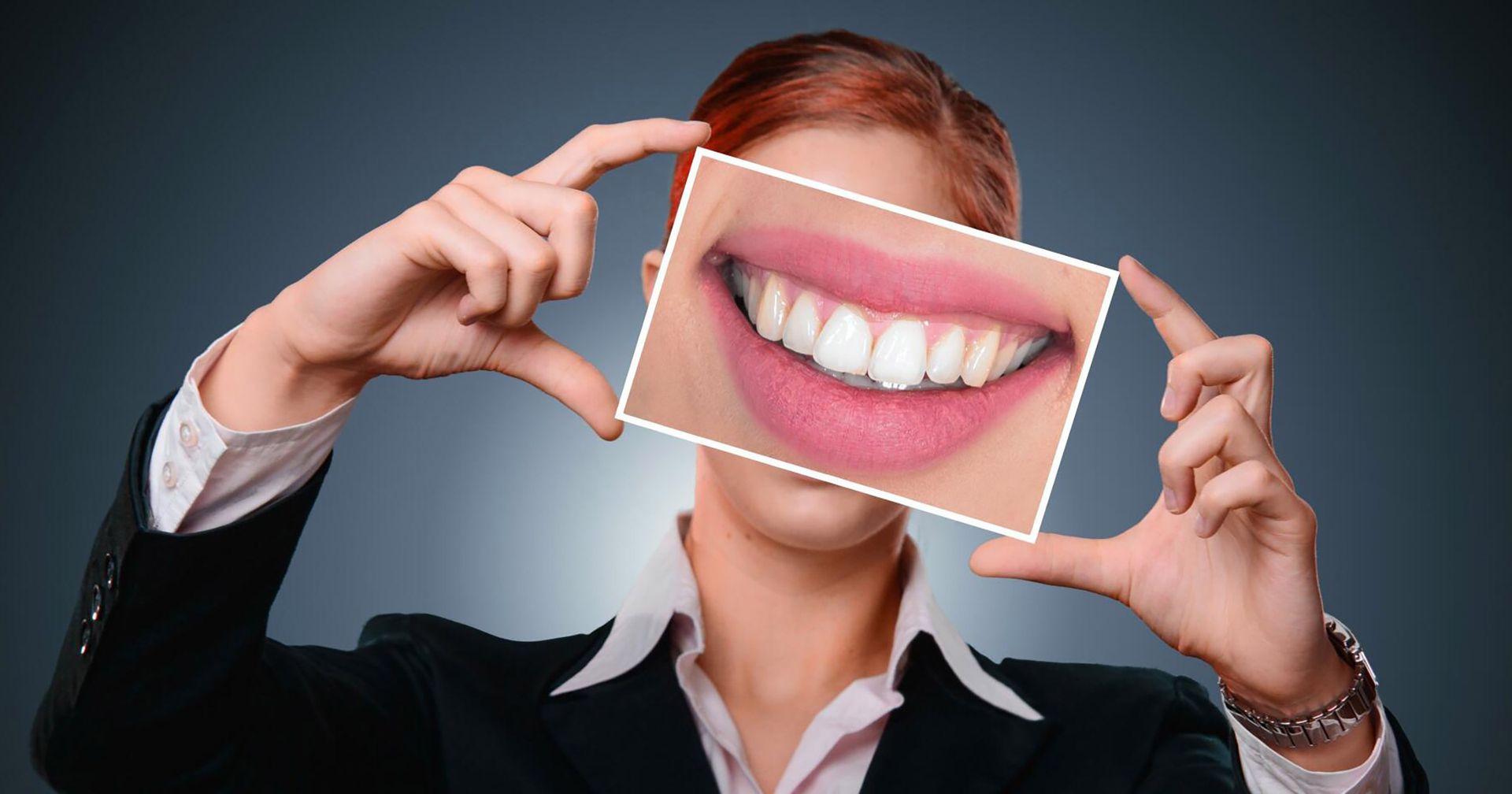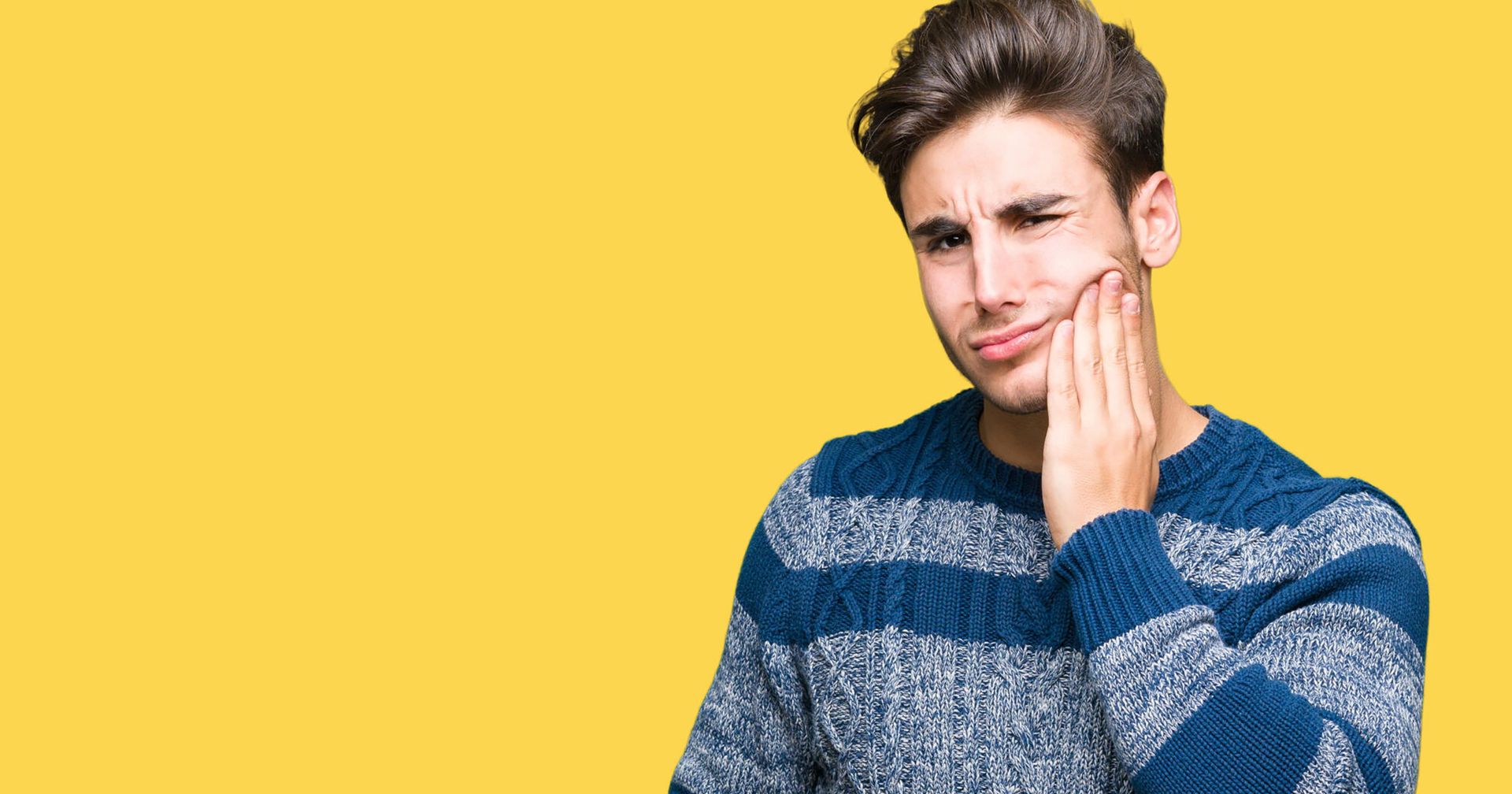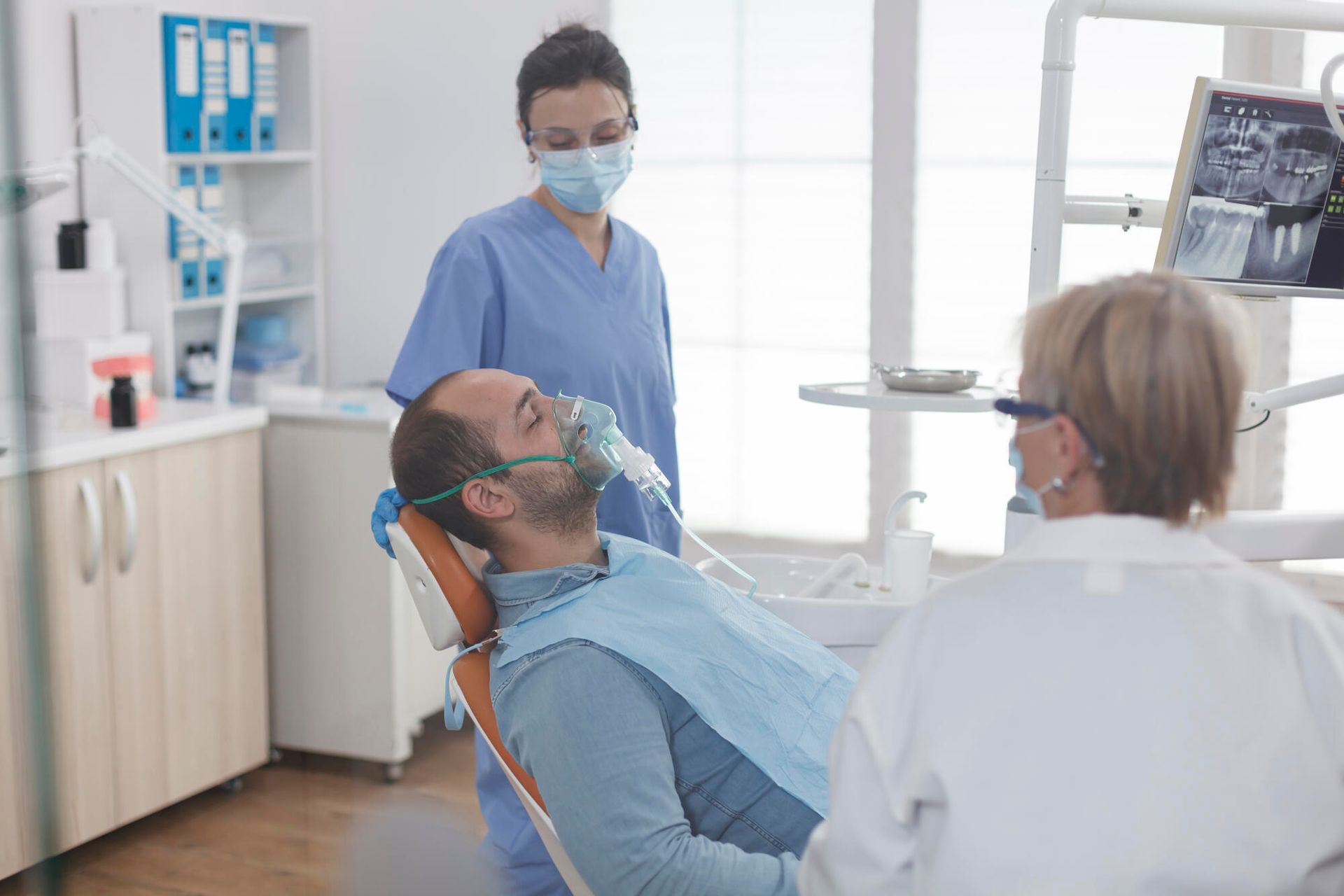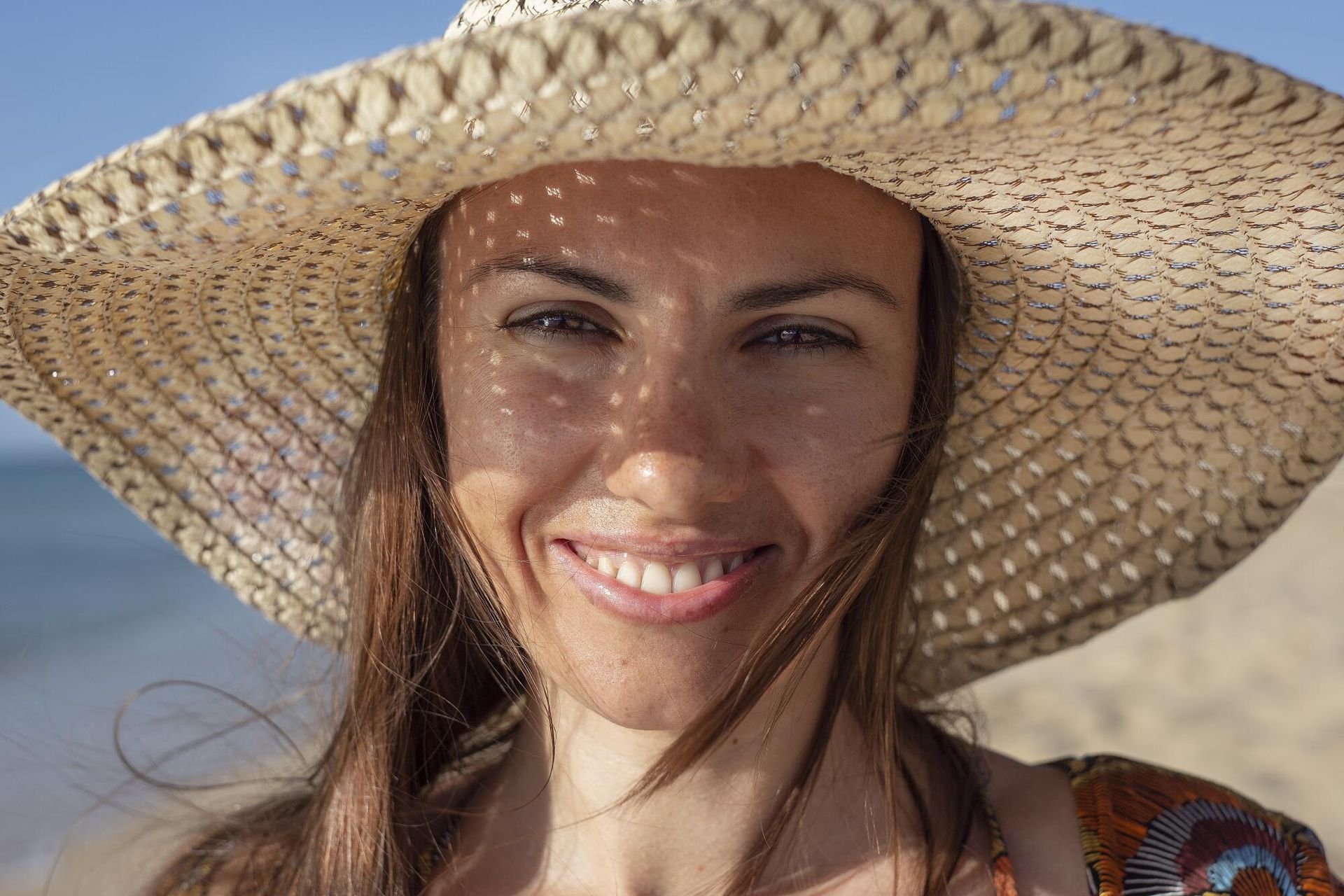Tooth Extraction: What Should You Expect?
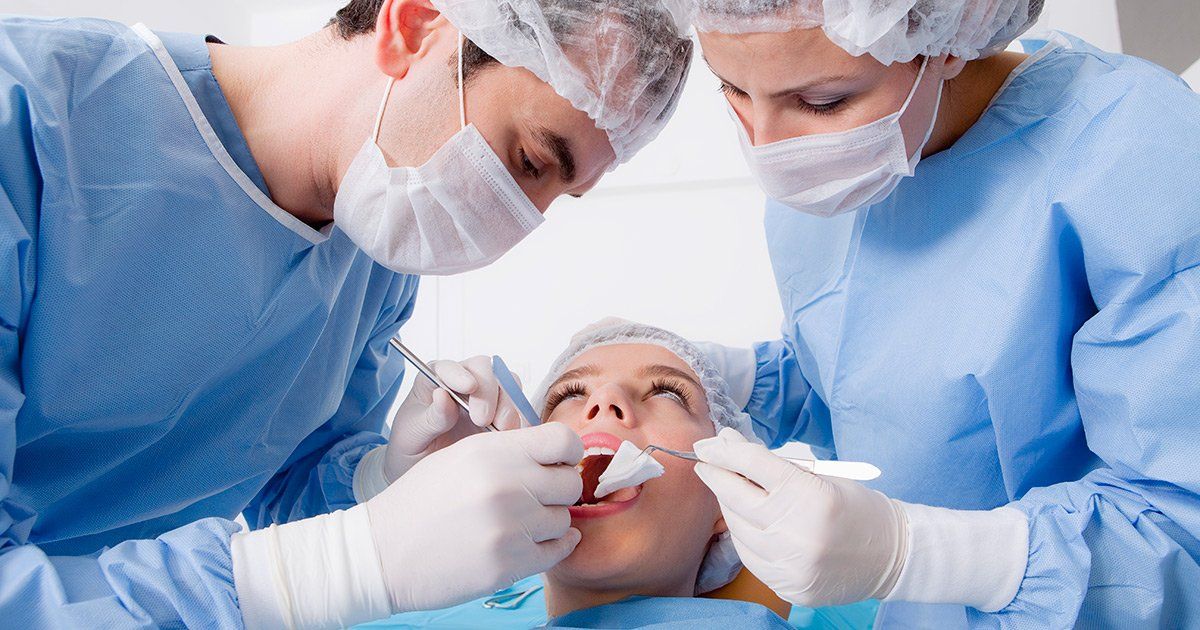
Tooth Extraction Dentist in Catoosa OK: The Process Explained
When it comes to getting a tooth pulled, there are several things you need to know. Here's what a tooth extraction dentist in Catoosa OK can do for you.
In 2020, the U.S. dental services market was estimated to be worth roughly $109.2 billion. This goes to show that there is no shortage of people relying on dental treatment, but when it comes to getting your tooth extracted, what should you expect?
When people first think of tooth extraction, they often have questions and concerns about how the process works. While getting a tooth extracted can sound painful, the reality is that it is very straightforward.
The good news is that the tooth emergency dentists in Catoosa OK remove teeth every day, so they are highly skilled.
Not only that but dentists near
74015 are experts at what they do and they can ensure that you have the most relaxed experience possible. With that in mind, if you would like to learn about what a family dentist in Catoosa OK does when extracting a tooth, then keep reading.
Preparation
Before you get your tooth extracted, the first thing that will happen is that your dentist will look at your tooth and assess whether or not it needs to get extracted. The dentist may take an x-ray of your cheekbone levels to see the extent of the damage.
If the tooth needs to get extracted, then the next step will be to get you ready for your treatment. When it comes to getting ready for treatment, there are a few different options for sedation.
If your tooth extraction is expected to be particularly painful, then it is likely that you may have a stronger type of sedation. The type of sedation you use also depends on whether you are already taking medication.
The main types of sedation are nitrous oxide, oral conscious sedation, or intravenous sedation.
If you are in a hospital setting and your dentist feels as though would benefit from a general anesthetic, then this is also another option.
The Procedure
The first thing that will happen during your procedure is that you will get numbing anesthesia injected into the surrounding tissue around your tooth. Once the area around the tooth has been numbed, then the dentist will begin to remove your tooth.
To start, the dentist will begin to loosen your tooth so it can get removed. Then once it gets loosened properly, it will get carefully removed.
The dentist will ensure that when removing your tooth, no other damage is done to any of your other teeth or the surrounding area around your tooth.
If your tooth extraction is slightly more complicated, then the dentist may make small incisions so that they can access your tooth. This may need to be done if your tooth is badly decayed or if it is broken.
Final Stage of the Procedure
After your tooth is successfully removed, your tooth socket can then get disinfected so there is no chance of a buildup of infection and it will also get cleaned.
If required, the dentist may also place some stitches in your gum to avoid recovery. This will depend on how many incisions the dentist had to make and how big your tooth extraction was.
In some cases, a dental bone graft may be placed into your gum and tooth socket. This helps to prevent any bone loss in your jaw.
Aftercare
The aftercare phase of tooth extraction is very important. If the aftercare phase isn't completed properly, then you may be at risk of infection which will only cause more problems for you.
The dentist may also prescribe you some painkillers to help with the overall pain management after your extraction.
As well as having painkillers, you may also have some gauze in your mouth. Your dentist should give you a recommended amount of time to keep the gauze on.
Another important part of aftercare is using some antiseptic in your mouth. One of the most common ways to do this is by using some salt water to clean out your mouth.
Recovery
Recovery is another important part of tooth extraction. When you get your tooth extracted, the dentist may recommend that you take some time off work.
Typically, you can expect to have up to a week of rest recommended to you. This includes avoiding any strenuous exercise or any other type of movement which could cause distress to your mouth.
You should also avoid alcohol and smoking, as this can aggravate your mouth and potentially cause infection at the site of the tooth extraction.
It's important to keep your mouth clean as it can help to prevent infection. So during recovery, you should continue to floss and brush your teeth properly.
However, you should try to avoid the area where you have had your tooth extracted. While it can be slightly difficult to clean and floss your teeth around the socket where your tooth was extracted, it's important that you don't make it worse.
Use a High-Quality Tooth Extraction Dentist in Catoosa OK
Getting your tooth extracted can feel like it's quite a daunting experience. However, it's important that when choosing a dentist, you get a high-quality tooth extraction dentist in Catoosa OK.
While there are different dentist treatment services available to you, not everyone will be right for you.
At the Dental Arts of Catoosa, we ensure that we treat every one of our patients with specialist treatment. We also have a team that is dedicated to providing excellent care to all patients.
If you are looking for a dentist in 74015, then why not book an appointment today?
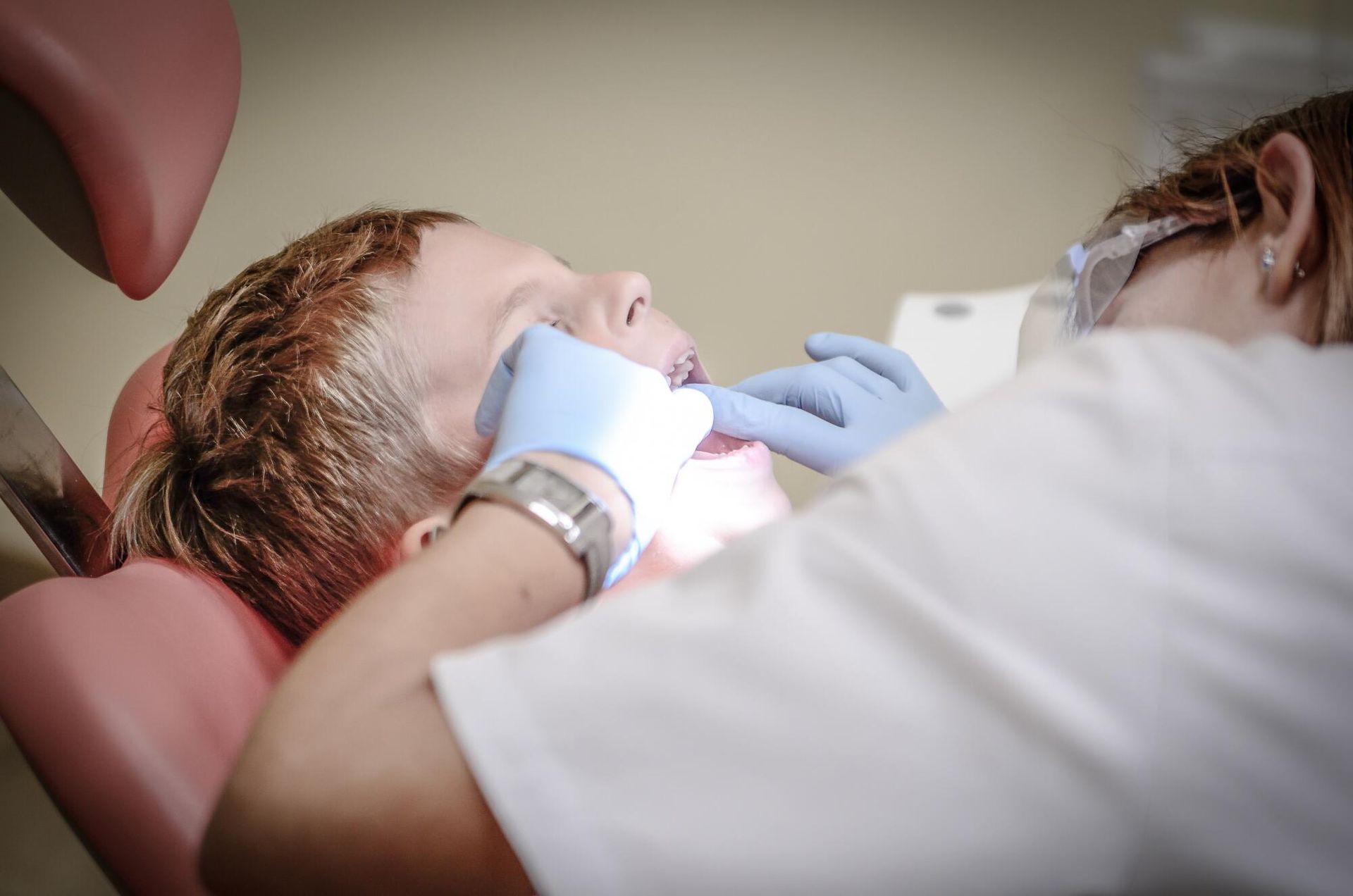

Catoosa Location
Locust Grove Location
Bixby Location
Tulsa Location
Nowata Location
This website and its marketing content are provided exclusively for use by clients of Dental Arts Management, LLC under the terms and conditions of the management services agreement.
All Rights Reserved | Dental Arts
Website Designed & Maintained by Xpress Promotion
918-937-7587
918-276-7318
918-205-7217
918-303-5048
918-393-4083

